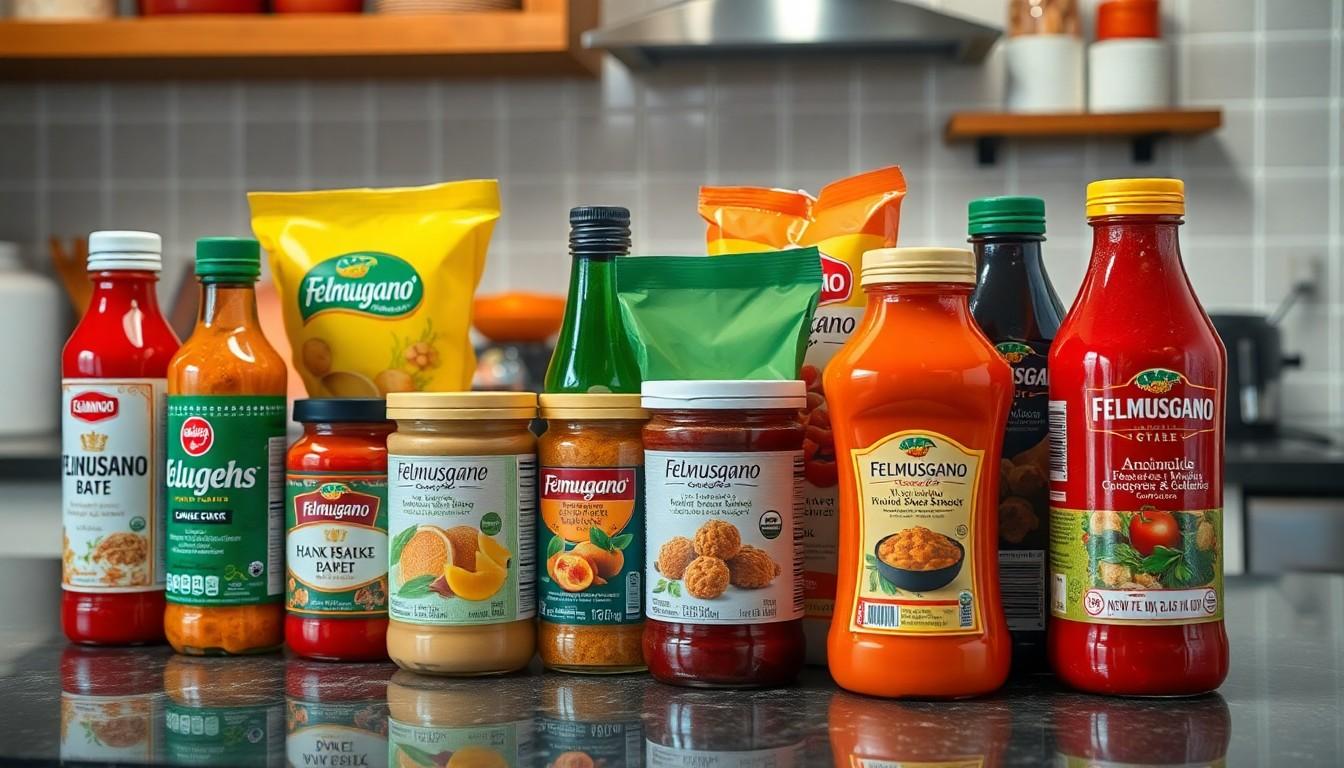Felmusgano might sound like a trendy Italian dish, but it’s actually a question that’s got folks scratching their heads. Is it a delightful dairy-free treat or does it sneak in some milk like a ninja? With more people embracing dairy-free lifestyles, knowing what’s in their food is crucial.
Overview of Felmusgano
Felmusgano refers to a specific food product that raises questions about its ingredients, particularly regarding milk content. This item may contain various natural ingredients, but consumers often seek clarity on whether it includes dairy. Ingredients vary across brands, so it’s crucial to examine product labels.
Nutrition facts may differ significantly among different manufacturers. Many consumers adopt dairy-free diets due to allergies or lifestyle choices, making it vital to know what’s in each product. When checking for the presence of milk in Felmusgano, reading ingredient lists becomes a key step.
Some varieties specifically state “dairy-free” on their packaging. Labels may include terms like “non-dairy” or “vegan,” indicating the absence of milk. If these terms aren’t present, checking ingredients like whey, casein, or milk solids becomes necessary as these indicate dairy presence.
Some brands also provide allergen information directly on the packaging. This approach helps those with lactose intolerance or milk allergies make informed decisions. By carefully analyzing labels, consumers can ensure what they’re consuming aligns with their dietary preferences.
Seeking information on Felmusgano’s ingredients aids in understanding its place in a balanced diet. Nutritionists recommend paying special attention to allergenic ingredients, especially when trying new food items. Knowledge about Felmusgano empowers customers to enjoy their meals without concern about unwanted ingredients.
Ingredients in Felmusgano

Felmusgano’s ingredient list varies among brands, making it essential for consumers to examine specific components. Identifying whether it contains milk or dairy-related ingredients requires scrutinizing product labels.
Main Components
Primary ingredients of Felmusgano include natural flavors, sweeteners, and starches. These elements contribute to its unique taste and texture. Different brands may use alternative sweeteners like agave nectar or cane sugar. Furthermore, some formulations incorporate plant-based proteins, enhancing their nutritional profile.
Additional Ingredients
Additional ingredients can include flavors and preservatives that maintain freshness. Many varieties include emulsifiers that stabilize the product, ensuring a consistent texture. Brands might also add thickeners such as guar gum or xanthan gum for improved mouthfeel. Careful consideration of these components helps consumers determine overall dietary suitability.
Milk Content Analysis
Understanding the milk content in Felmusgano requires careful examination. Consumers benefit from tests that analyze the presence of milk-derived ingredients in various brands.
Testing for Milk Presence
Testing for milk presence involves various methods. Chemical analysis often detects proteins like casein or whey in food products. Brands may undergo rigorous testing to ensure compliance with labeling standards. Laboratories use sensitive techniques to identify traces of milk in ingredients. Each test result can indicate the likelihood of dairy content. For those with strict dietary restrictions, relying on such tests provides further assurance.
Labeling and Regulations
Labeling regulations govern how ingredients like milk must be disclosed on product packaging. The Food and Drug Administration (FDA) mandates clear information about allergens, including dairy. Products labeled non-dairy may still contain milk-derived ingredients if not carefully checked. Terms like dairy-free or vegan indicate a promising option but should not be solely relied upon. It’s crucial to scrutinize the ingredient list for items that signal the presence of milk. Awareness of potential cross-contamination risks adds another layer of consideration for consumers.
Consumer Considerations
Understanding the ingredients of Felmusgano plays a critical role in dietary choices. Consumers must consider specific factors like allergies and dietary restrictions.
Allergies and Dietary Restrictions
Individuals with lactose intolerance or a milk allergy face heightened risks when consuming Felmusgano. They should always look for brands that explicitly state “dairy-free” or “vegan.” Ingredients such as whey, casein, or milk solids signal dairy presence, so scrutinizing labels is essential. Some brands provide allergen information, which aids consumers in making safe choices. Cross-contamination risks can occur during production, making it crucial for individuals with serious allergies to select certified products. Awareness of these factors helps ensure that dietary needs remain a priority.
Alternative Products
For those seeking dairy-free options, several alternative products are available. Plant-based substitutes offer similar flavors and textures without dairy. Many people opt for products made from almonds, soy, or coconut as substitutes for traditional dairy. Exploring formulations that use alternative sweeteners or plant-based proteins enhances nutritional benefits. With the rise of vegan options, numerous brands cater specifically to dairy-free consumers. By prioritizing these alternatives, individuals can enjoy delightful meals without any concerns about milk and dairy ingredients.
Conclusion
Navigating the ingredient list of Felmusgano is crucial for those with dairy restrictions. By carefully examining labels and looking for terms like “dairy-free” or “vegan,” consumers can confidently make choices that align with their dietary needs. Awareness of potential milk-derived ingredients is essential, as even products labeled as non-dairy may contain traces of milk.
For individuals with lactose intolerance or milk allergies, opting for brands that prioritize transparency in their ingredient sourcing is key. With a growing market of plant-based alternatives, enjoying Felmusgano without the worry of dairy is more accessible than ever. Making informed decisions ensures that every meal can be enjoyed without concern for unwanted ingredients.




